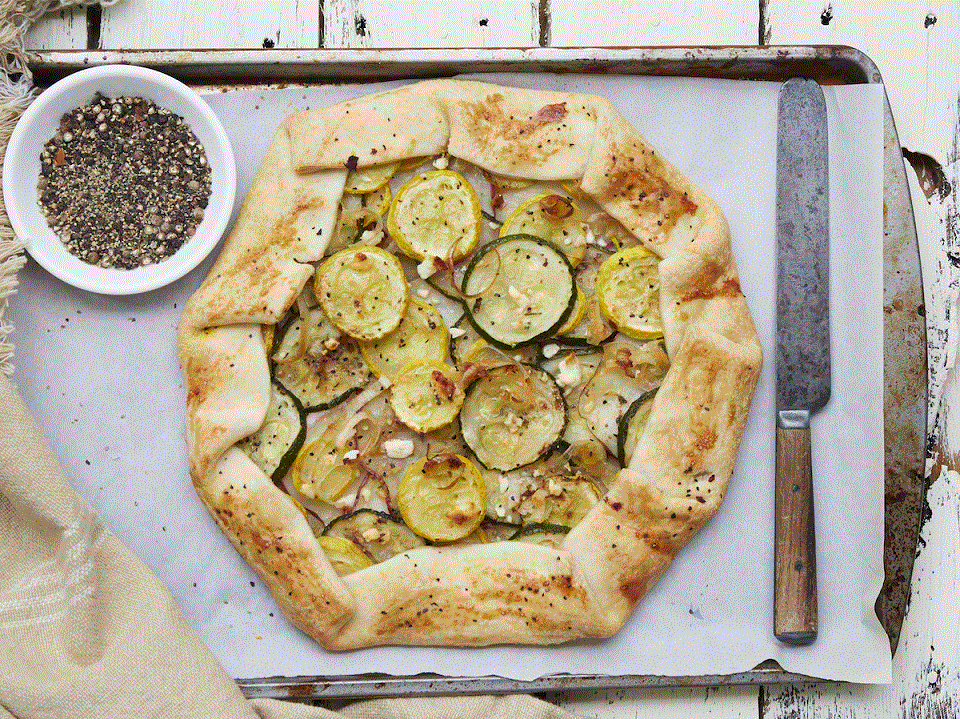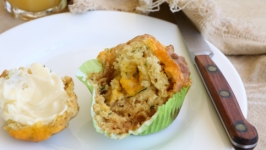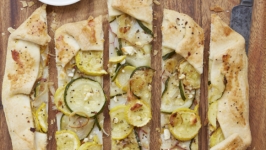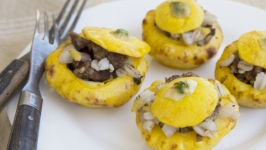The Skinny on Summer Squash
Think of July in Virginia and three things come to mind: heat, humidity and summer squash.
The first two create a perfect storm for cultivating the latter, as our Southern climate allows just about anyone with a sunny plot to toss a plant in the ground and watch it thrive. Before long, you are in business with an eight-foot vine and tasty yellow blossoms.
The popular pastime of trading squash recipes can be traced back to 1796 and the first cookbook printed in the U.S., Amelia Simmons’ American Cookery. The name squash originates from the Narragansett term askutasquash, which translates to “eaten raw or uncooked.”
One of the key differences between summer and winter varieties is the skin: Winter squash have a longer growing period and the tougher, inedible outer skin helps to protect the flesh inside from colder night temperatures. The summer varieties most common in the Richmond area — yellow crookneck, zucchini and Patty Pan (sometimes called Peter Pan or scalloped squash) produce a softer, delicious outer skin.
For those of us who grew up near Richmond, memories of squash bring us face to face with childhood. While my paternal grandparents of Hungarian descent were busy growing banana peppers, kohlrabi, peaches, grapes and cucumbers in Henrico County, my maternal grandparents (born in King and Queen) planted pole beans, butter beans, okra, corn and bushels upon bushels of squash and zucchini.
In the heat waves of summer I cannot recall a visit to Granny’s where we did not return with a crumpled grocery paper bag filled to the brim with yellow crookneck squash and zucchini. Who doesn’t have a similar gardening friend or family member eager to share squash’s fruitful bounty?
Whether from your own garden or someone else’s, squash is sure to make an appearance in your kitchen this summer. Nowadays we are accustomed to cooked versions of these popular varieties, rather than eating them Narragansett-style. Their versatility means they can hold down the fort at the side of the plate, but also command center stage. Click on the recipes at right to see our five flavorful twists on the summer classic we all still love.








